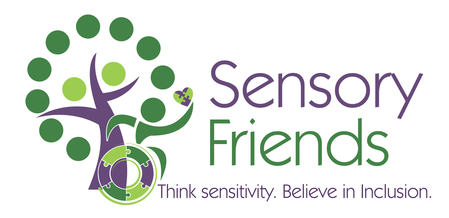Managing the positive behavior support plan is a crucial component for it to continue to work successfully. From the beginning, all team members agreed to commit to fulfilling the expectations of the PBS process.
|
I can’t tell you how excited I am to reach our final segment of this series. It has been an extraordinary experience for our family. Using the positive behavior support process, we have watched Richie’s transformation from being someone who only knew to express himself with aggressive fits of anger to someone who controls that urge and replaced it with other ways to communicate his frustration.
Managing the positive behavior support plan is a crucial component for it to continue to work successfully. From the beginning, all team members agreed to commit to fulfilling the expectations of the PBS process.
2 Comments
Putting the Positive Behavior Support Plan in Place
It is very exciting times. We now have a plan of action for preventing, solving, replacing, and managing Richie’s challenging behaviors. What’s even more exciting is that we were also going to teach Richie new skills – skills that had never occurred to us until we started the positive behavior support process.
Developing a Positive Behavior Support Plan
In this process, we have taken the important steps needed for the development of a positive behavior support plan. So far in the Positive Behavior Support blog series, we have:
Part 4: Analyzing Data and Goal Setting - What did we learn?
It was time to gather all the information collected from our PBS team members and begin analyzing the data. Some members of our PBS team were diligent about collecting data and information for two consecutive weeks. I gathered information received from Richie’s ESE teacher, PE teacher and myself. I didn’t collect data and information from all members of the PBS team, but remember we mentioned in Part 3 that even if this happened, we can continue to move forward with the PBS process. The information I did have was plenty for us to review and analyze. All of the forms, information and data we collected were going to help us understand Richie’s behavior. We were going to begin taking the next steps towards creating a successful positive behavior support plan that would work at home and at school.
Gathering Information and Data Collection
In order for us to learn about how we can improve Richie’s challenging behavior, we need to start gathering information and collecting data. This is the most important part of the positive behavior support process, because it’s going to help us to decide on what goals to set, how to avoid certain behaviors from happening, what strategies to use when behaviors happen, what new skills we want to teach, and how we can manage behaviors. This is a crucial part of developing the PBS plan.
What is PBS and Who Needs to be Involved?
The differences in my parenting style between my two children are paramount. I learned quickly that the strategies and disciplinary actions used with my oldest, Samantha (who has no known disabilities), were useless with Richie. Thinking about it now, the strategies I used with Samantha were useless too. I used things taught to me culturally through my own family (spanking, yelling and punishing), then later I tried new strategies like “time-out.” Some strategies worked, most didn’t. How truly successful were my strategies if Samantha’s behaviors continued?
Introducing Richie
Being a parent to my son Richie changed my life in ways I never would have imagined. Richie is my fourteen-year-old son and second child. Richie is on the severe side of the autism spectrum. He is very handsome, tall, has a gorgeous smile and a contagious laugh. He loves to laugh and he finds it most amusing when we repeat the many sounds he makes. Richie loves to play tag - but he loves being chased, he won’t chase you back! He loves to be tickled and he’s kind of thrill seeker. He loves quite a few roller-coaster rides – Universal Studios is his favorite theme park to visit. My son is my joy in this world, but having a child on the spectrum does come with its challenges.
|
Author: Christine Goulbourne
|
An Important Note From Sensory Friends:All information posted on the website is for informational purposes only. Please confirm and review information carefully with your professional health care provider before considering a new regime or practice. The information provided is not intended to replace medical advice offered by physicians. Sensory Friends only wishes to provide information, resources, options and networking opportunities to its members and site visitors. © 2024 Sensory Friends
|
SubscribeJoin our mailing list today!
|
